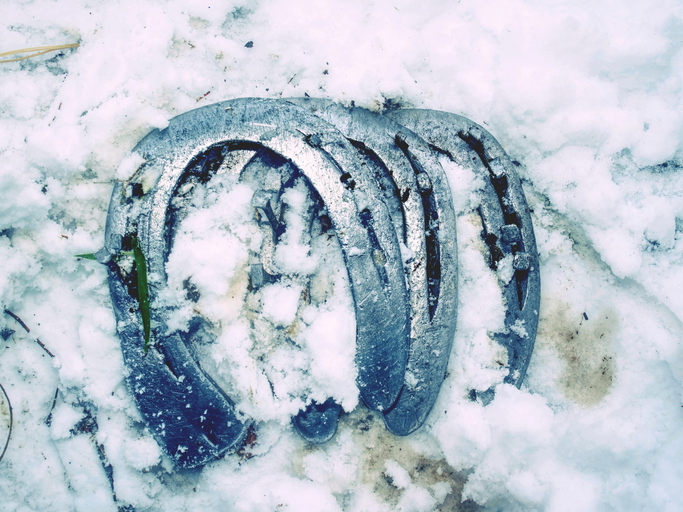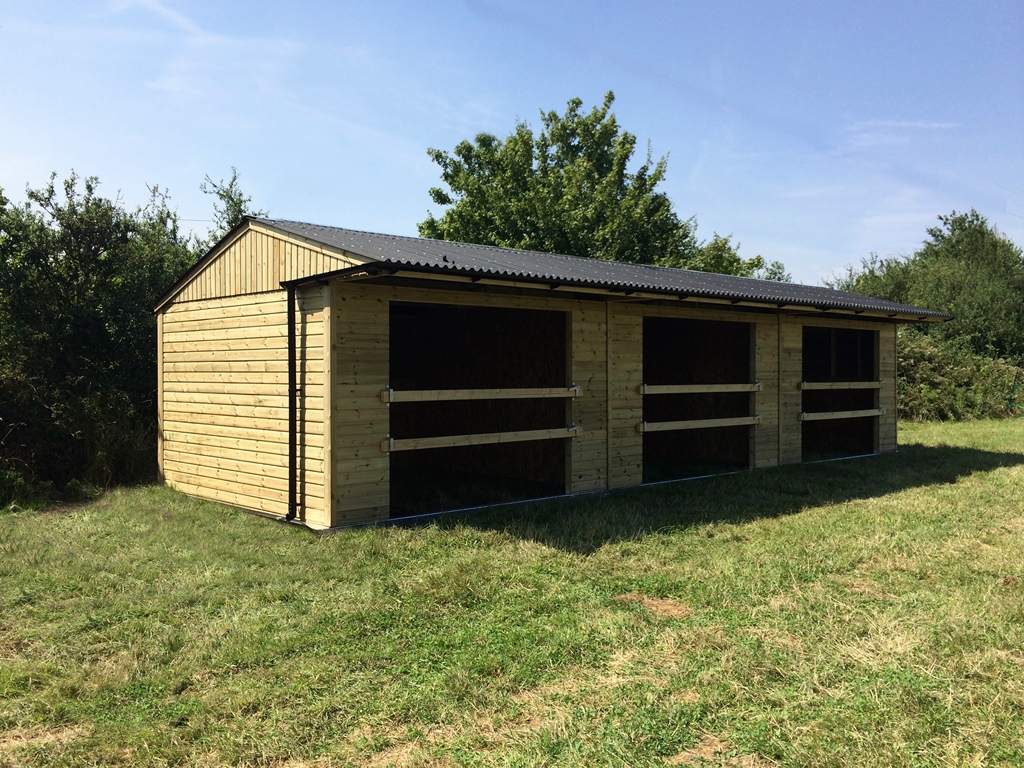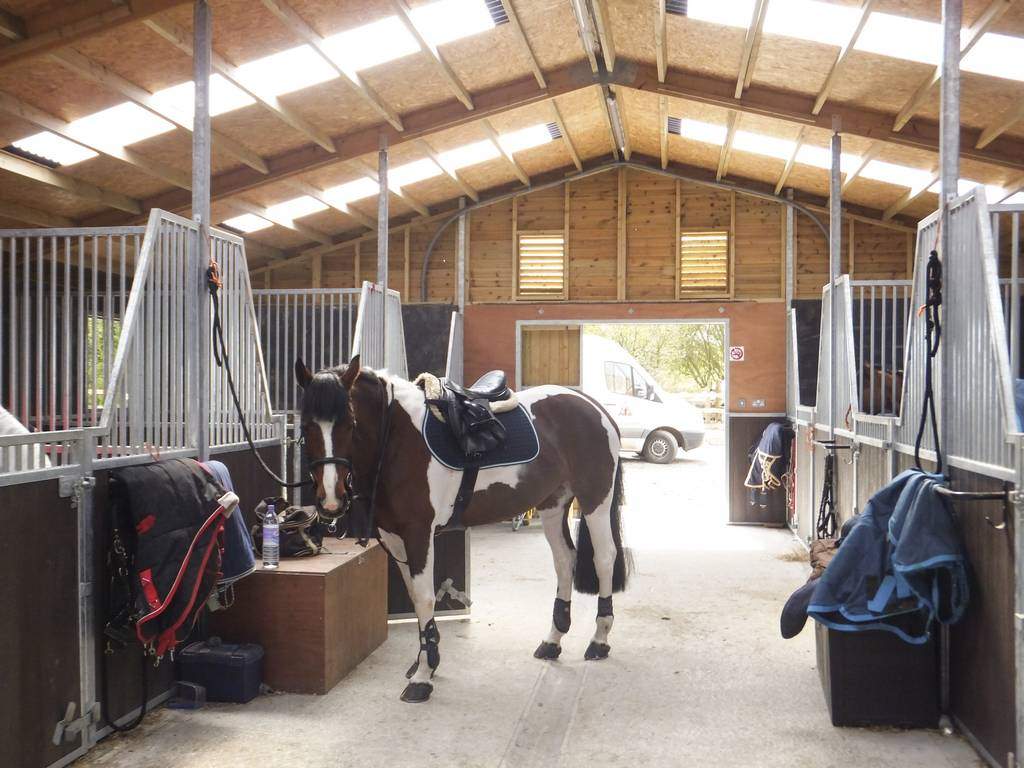Hoof care doesn’t stop in the winter, that’s for sure! Your horse may get naturally winter-ready by growing a few inches of thick hair; however, there’s not much they can do to get their feet ready.
Depending on your location throughout the UK, your winter conditions may vary. If you live up north, just as you would change your tyres for snow tyres, you also want to do shoeing before bad weather for your horses’ feet. While for the majority of the UK we don’t see this extreme weather, the ground can still get very hard and cause hoof problems even in the milder south.
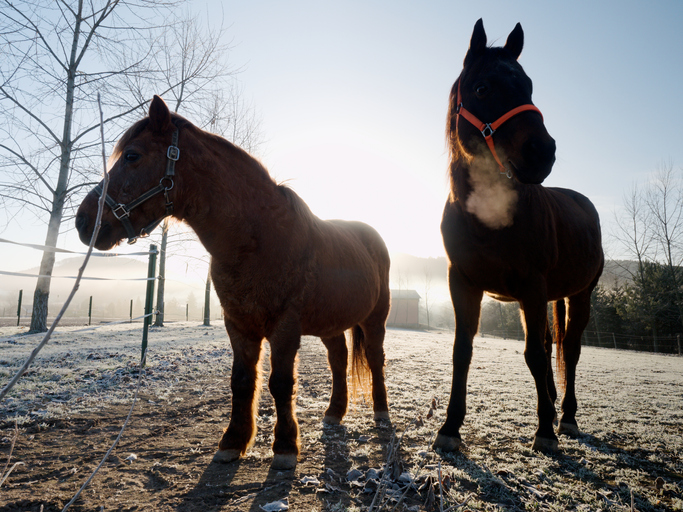
In addition, there are several challenges for owners to face when moisture is involved. We all have different routines when it comes to taking care of our beloved horses during winter months, yet we all need reminding sometimes!
Here are our tips on how to stay ahead of hoof health through the winter:
- Keep trimming horses every six to twelve weeks, even though, generally, horse hooves grow more slowly in the winter.
- Bring horses in from muddy fields for several hours a day to allow their feet to dry out. Many horses will experience frog sloughing in wet conditions as they lose the callus on the bottom of their hooves.
- If pasture time is restricted due to cold weather, and your horse is, therefore, spending more time in a stall, keep cleaning horse’s hooves regularly and maintain a clean environment. If left unchecked issues like Thrush or White Line disease can occur quite easily.
- Don’t skip farrier’s visit in the winter months. An unbalanced foot is more prone to developing flares.
- You can wrap hooves with sugar and iodine mix to harden and dry out the sole. Use with care to avoid over-drying.
- Alternatively, the use of barrier creams may help to prevent excessive moisture absorption through the sole.
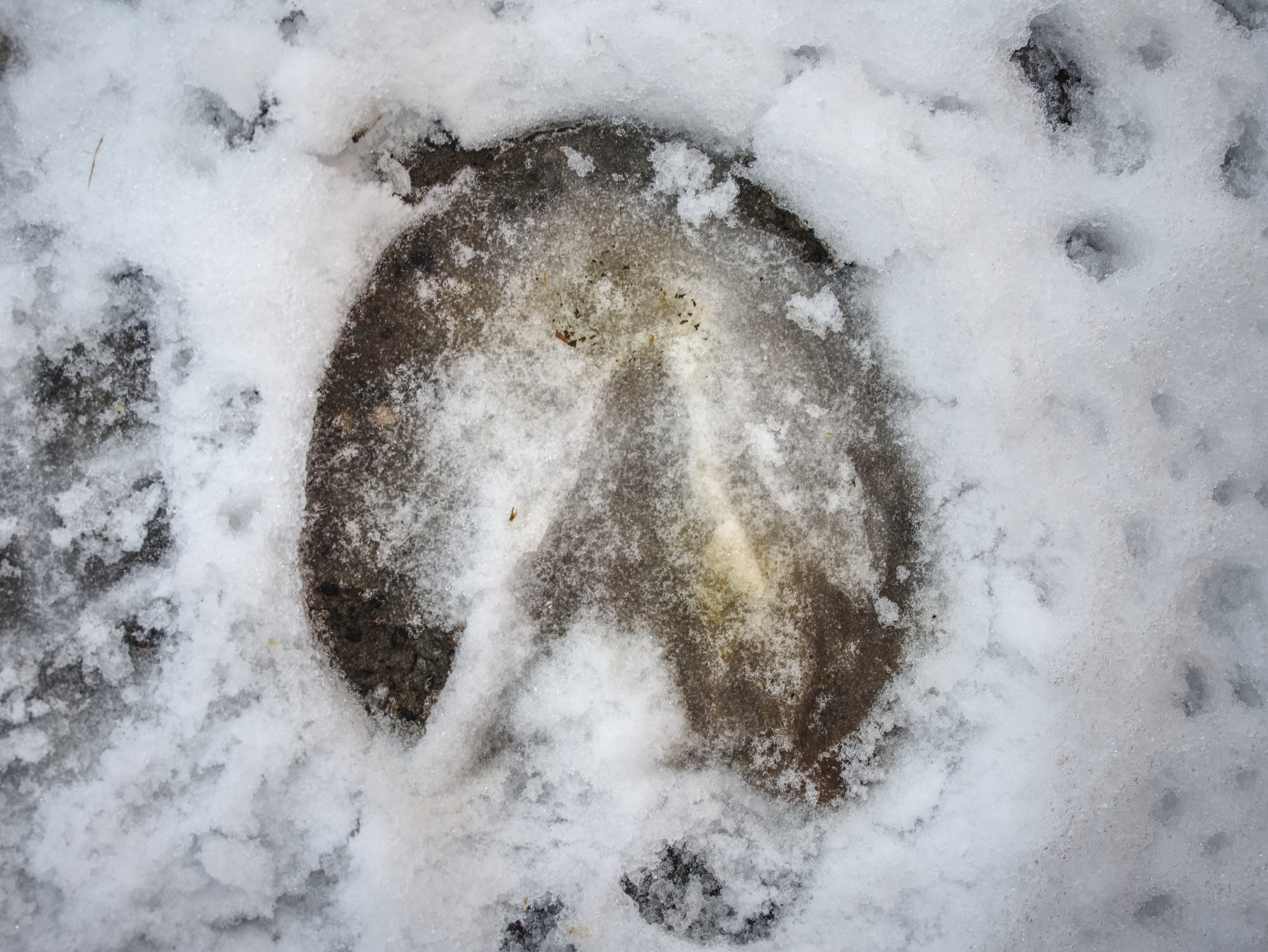
- If your area gets a lot of snow, horse hooves are very likely to develop ice or snowballs in their hooves which can cause sole-related injuries. To prevent this, there are a variety of pads available to limit the amount of snow that can pack into the frog and sole areas.
- Putting on pads, doing conventional shoeing or putting them in soft-ride boots, is a personal choice, but keep in mind that in the areas where the ground gets frozen, horses may get sole bruising.
- Having a field shelter for your horse is a must all year round, but specifically, in winter, they provide crucial shelter from the harsh elements. Covering a patch of ground from rain, snow, and slush, it also provides a place for your horses’ hooves to attempt to dry out.
We know you love horses as much as we do. So just a reminder to giving that extra care and inspecting horse’s hooves daily for any swelling, pain or discharge. If any of these conditions persist, consult with a veterinarian.
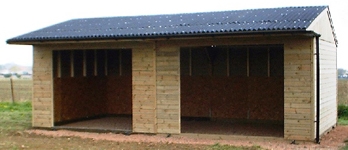
Considering a stable or field shelter project?
We invite you to browse our full turn-key services. Our passion for equestrian life shines through our work. For over 50 years we have been designing and creating beautiful and efficient stables, field shelters, and more. Get in touch today and let us create something special and personalised to your needs.
